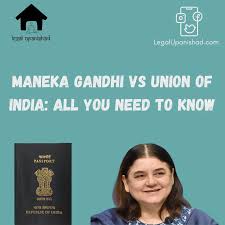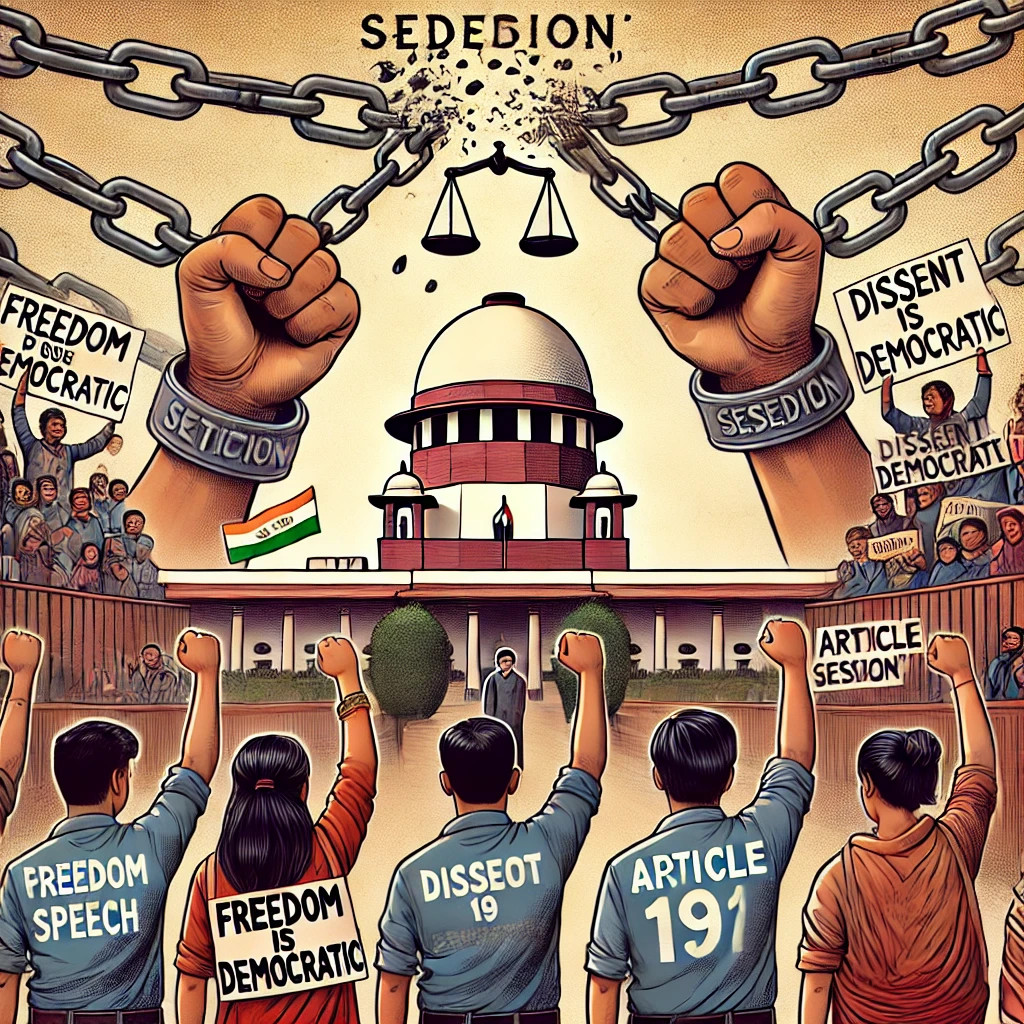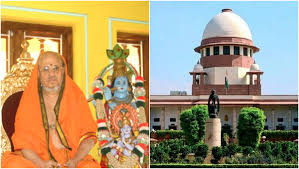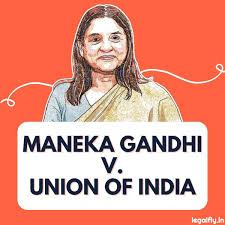Naseem Kahnam vs. Zaheda Begum (D) by LRs. [July 09, 2024]
Citation: 2024 INSC 492; Civil Appeal No. 1957 of 2011; Bench: Justices C.T. Ravikumar & S.V.N. Bhatti
Background and Facts
The dispute centered on the partition of a residential property in Visakhapatnam originally owned by Ghouse Khan, who died intestate in 1988, leaving behind siblings but no spouse or children. After his death, a family settlement agreement dated 07-02-1992 (Exhibit A-6) was executed among his brothers, sisters, and niece (Gousia Jasmin, daughter of a predeceased sister), dividing the property into two halves: the western half to Gousia Jasmin (Plaintiff No. 2) and the eastern half to be partitioned among Zaheda Begum (Plaintiff No. 1) and Ghouse Khan’s brothers (Defendants 1-3).
The plaintiffs filed a suit for partition and separate possession based on this settlement. The defendants challenged the agreement’s validity, arguing it was unregistered, unstamped, and that a niece (Gousia Jasmin) could not claim as a residuary heir under Mohammedan law. The trial court acknowledged the agreement’s execution but found it unenforceable due to lack of registration and stamp duty. The High Court reversed this, holding that family settlements are binding if proved, and that objections to admissibility must be raised at the outset.
Key Issues
Whether the 1992 family settlement agreement was valid and enforceable despite lack of registration and stamp duty.
Whether distant relatives (like a niece) could be included in a family settlement under Mohammedan law.
Whether the parties were bound by the terms of the settlement for partition of the suit property.
Supreme Court’s Analysis and Findings
The Supreme Court held that once a family settlement agreement is proved to be duly executed by all parties, courts should lean in favor of upholding it to maintain peace and harmony within the family.
The Court clarified that family settlements can include distant heirs and need not be restricted to immediate legal heirs. The intent was to settle all disputes and provide for the care of a physically and mentally challenged family member (Gousia Jasmin), reflecting the family’s collective will.
The Court emphasized that technical objections (such as lack of registration or stamp duty) should not defeat a genuine family settlement, especially when not raised at the appropriate stage and when the document is otherwise proved.
The Supreme Court found no error in the High Court’s approach and declined to interfere, affirming that the settlement agreement created binding legal rights among the parties and entitled the plaintiffs to partition as per its terms.
Conclusion and Significance
The Supreme Court dismissed the appeal, upholding the validity and enforceability of the family settlement agreement. The parties were directed to effect partition in accordance with the terms mutually agreed in 1992.
The judgment reinforces that family settlements, even involving distant heirs or non-traditional successors, should be respected and enforced to maintain family harmony, provided they are genuine and executed by all parties.
The ruling clarifies that courts will prioritize the substance and intent of family arrangements over technical objections, especially when such settlements serve the interests of vulnerable family members.
In summary: The Supreme Court affirmed the enforceability of a family settlement agreement dividing property among siblings and a niece, holding that such agreements are binding and not defeated by technicalities if genuinely executed and intended to settle family disputes.






























0 comments